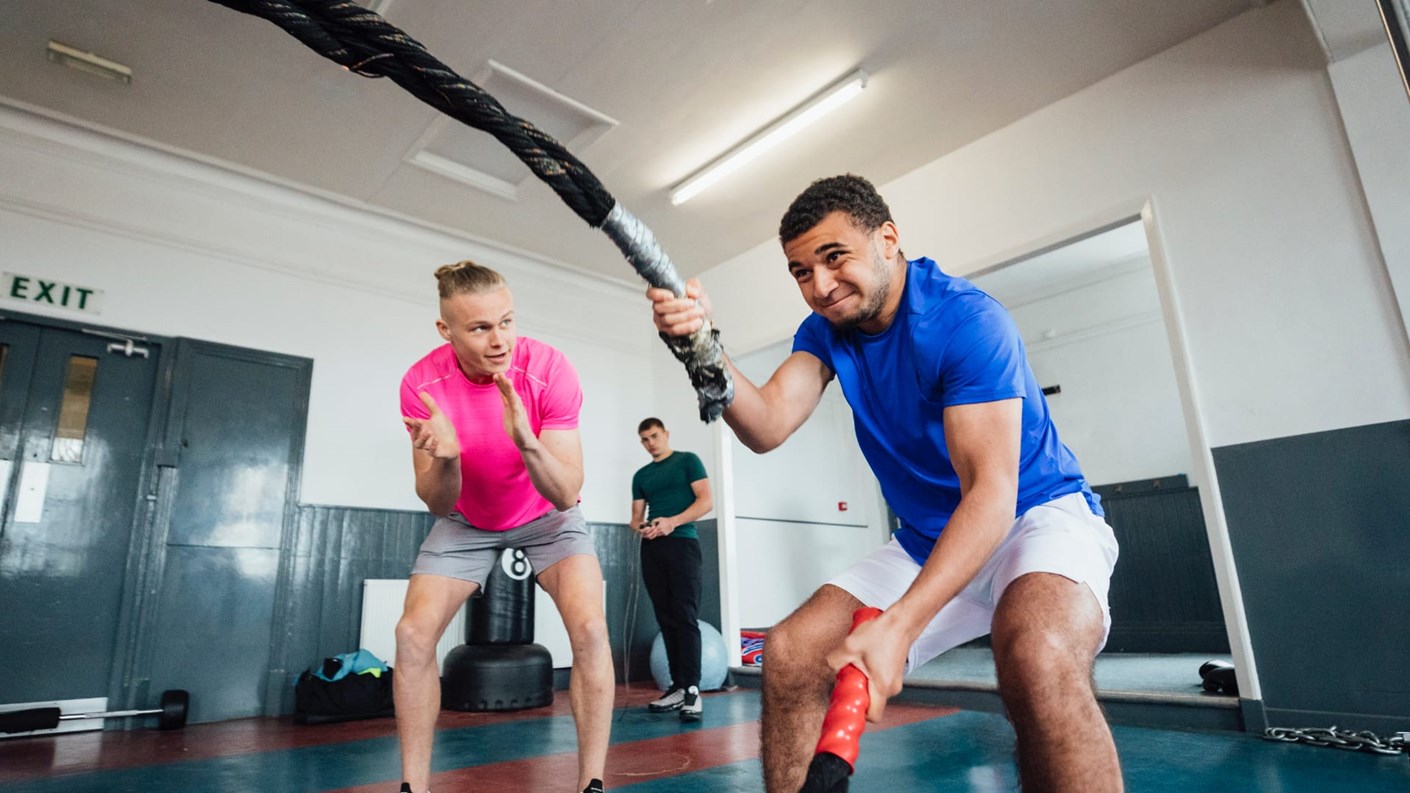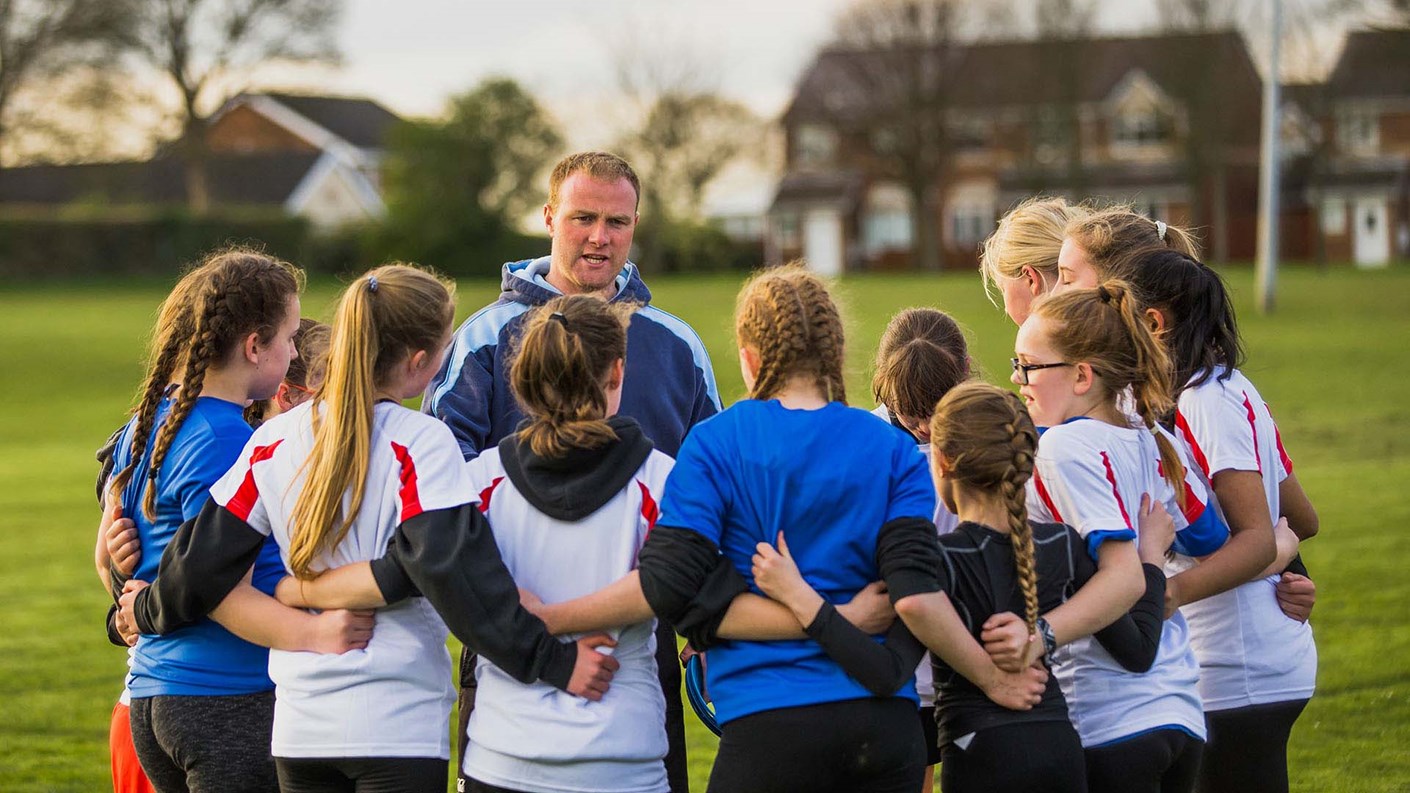Personal Trainer
Industries: Exercise and fitness

Overview and responsibilities
Personal Trainers work on a one-to-one or small-group basis to coach clients towards their health and fitness goals. They do this by planning and delivering a creative and personalised exercise programme and providing clients with instruction as well as nutrition and overall lifestyle-management advice. They play an important role in improving the nation’s health, creating opportunities for people to get more active, more often.
Personal Trainers analyse their clients’ needs, adapt and modify guidance, and provide specialist tailored advice within the scope of their practice to positively change their clients’ behaviour. They have a good awareness and understanding of when to refer their client to other professionals, such as physiotherapists or registered dieticians, for specialist information and guidance. They also need to have a comprehensive understanding of business, finance, sales and marketing to enable them to build and retain a stable client base.




